What to Eat When Menstruating
By Rachel Enright

Eating a healthy and balanced diet is important at all times, but it can be especially vital during menstruation to support your nutritional needs. Here are some foods that can provide natural period pain relief and be beneficial to include in your diet during menstruation.
1: Iron-rich foods
Menstruation can lead to a loss of iron due to blood loss, so it's important to eat foods that are rich in iron. Iron is an essential mineral that plays an important role in many bodily functions, including the production of red blood cells.
Here are some of the best ways to get iron in your diet:
- Organic red meat: A good source of heme iron, it is more easily absorbed by the body than non-heme iron. Just have it in moderation, as meat can be inflammatory for some people.
- Seafood: Oysters, clams, and shrimp are good sources of heme iron, while salmon and tuna are good sources of non-heme iron.
- Beans and legumes: Lentils, chickpeas, kidney beans, and black beans are good sources of non-heme iron.
- Dark leafy greens: Spinach, kale, and collard greens are good sources of non-heme iron.
- Nuts and seeds: Pumpkin seeds, pistachios, and almonds are good sources of non-heme iron.
Remember that the absorption of non-heme iron can be enhanced by consuming it with vitamin C-rich foods, such as citrus fruits or bell peppers. On the other hand, some foods and drinks, such as coffee and tea, can inhibit the absorption of iron and should be consumed in moderation. It is common to be low in iron, and this article explains more about how to increase your iron intake.
2: Calcium-rich foods
Calcium is important for maintaining bone health and can help reduce menstrual cramps. It is an essential mineral that plays a key role in maintaining bone health, among other functions in the body. As such, it is vital for natural period pain relief and complementary to the period pain supplements offered by Happy Healthy You.
If you avoid dairy products, there are still plenty of other calcium-rich foods you can include in your diet. Here are some of the best dairy-free sources of calcium:
- Leafy greens: Dark leafy greens such as kale, collard greens, and bok choy are good sources of calcium.
- Fortified plant milks: Many plant-based milks, such as soy milk and almond milk, are fortified with calcium.
- Sesame seeds: Sesame seeds are a good source of calcium and can be sprinkled on salads or used in homemade hummus.
- Almonds: Almonds are a good source of calcium and make a great snack on their own or as almond butter on toast.
- Figs: Dried figs are a good source of calcium and can be added to oatmeal or eaten as a snack.
- Broccoli: Broccoli is a good source of calcium and can be added to stir-fries, salads, or roasted as a side dish.
Remember that the absorption of calcium can be affected by other factors in your diet, such as your intake of vitamin D and certain types of fibre. Happy Healthy You has a Calcium 101 Guide that you may find useful as well!

3: Omega-3 fatty acid-rich foods
Omega-3 fatty acids can help reduce inflammation and menstrual cramps. Omega-3 and omega-6 fatty acids are essential fatty acids that our bodies need for proper functioning.
Here are some of the best food sources of omega-3 and omega-6 fatty acids:
- Fatty fish: Fatty fish such as salmon, mackerel, sardines, and tuna are excellent sources of omega-3 fatty acids
- Flaxseeds: Flaxseeds are a rich source of both omega-3 and omega-6 fatty acids, and can be easily added to smoothies, yogurt, or oatmeal.
- Chia seeds: Chia seeds are another excellent source of both omega-3 and omega-6 fatty acids, and can be used in a variety of recipes.
- Walnuts: Walnuts are a good source of omega-3 fatty acids, and can be eaten as a snack or added to salads or oatmeal.
- Hemp seeds: Hemp seeds are a good source of both omega-3 and omega-6 fatty acids, and can be added to smoothies, salads, or oatmeal.
- Avocado: Avocado is a good source of omega-3 and omega-6 fatty acids, as well as other important nutrients such as fibre and potassium.
4: Fibre-rich foods
: Eating plenty of fibre can help regulate digestion and prevent constipation, which can be common during menstruation. Good sources of fibre include psyllium husks, chia seeds, fruits, vegetables, and legumes.
Another supplement that is great for your gut health is Happy Healthy You’s Happy Greens which contains key green superfoods. More information regarding the importance of fibre can be located here.
5: Magnesium-rich foods
Magnesium can help reduce menstrual cramps and improve mood which are both pivotal in providing natural period pain relief. Magnesium is an important mineral that plays a key role in many bodily functions, including the regulation of muscle and nerve function, blood sugar control, and bone health.
Here are some of the best magnesium-rich foods:
- Leafy greens: Dark leafy greens such as spinach, kale, and collard greens are good sources of magnesium.
- Nuts and seeds: Almonds, cashews, and pumpkin seeds are good sources of magnesium.
- Whole grains: Whole grains such as brown rice, millet, and quinoa are good sources of magnesium.
- Legumes: Beans, lentils, and chickpeas are good sources of magnesium.
- Avocado: Avocado is a good source of magnesium, as well as other important nutrients such as fibre and potassium.
- Dark chocolate: Dark chocolate (at least 70% cacao) is a good source of magnesium and can be enjoyed as a treat in moderation.
- Fatty fish: Fatty fish such as salmon and mackerel are good sources of magnesium, as well as other important nutrients such as omega-3 fatty acids.
Remember that the recommended daily intake of magnesium varies depending on age, gender, and other factors and that some medications or health conditions can affect magnesium absorption. If you are deficient, the MSP Formula is an excellent period pain supplement that also assists with general health.
6: Hydrating foods
Drinking plenty of fluids is important during menstruation to help prevent dehydration. Here are some of the best hydrating foods:
- Watermelon: Watermelon is over 90% water, making it an excellent choice for staying hydrated.
- Cucumbers: Cucumbers are also over 90% water and can be a refreshing addition to salads or sandwiches.
- Berries: Berries such as strawberries, raspberries, and blueberries are high in water content and also provide antioxidants and other nutrients.
- Citrus fruits: Oranges, grapefruits, and other citrus fruits are high in water and provide vitamin C.
- Tomatoes: Tomatoes are high in water content and provide vitamins A and C, as well as lycopene, a powerful antioxidant.
- Lettuce and leafy greens: Lettuce and other leafy greens such as spinach and kale are high in water and also provide vitamins and minerals.
- Broths and soups: Broths and soups can be hydrating and also provide electrolytes and other nutrients.
- Coconut water: Coconut water is a natural source of electrolytes and can be a refreshing drink to help you stay hydrated.
It's important to listen to your body and eat a balanced and varied diet that works for you. After all, this will relieve period pain naturally and reduce the likelihood of serious symptoms.
We do have a great HAPPY HEALTHY YOU guide if you are looking for a meal plan or nutrient-dense recipes specific for balancing hormones. Just click on the image below to order your copy online.

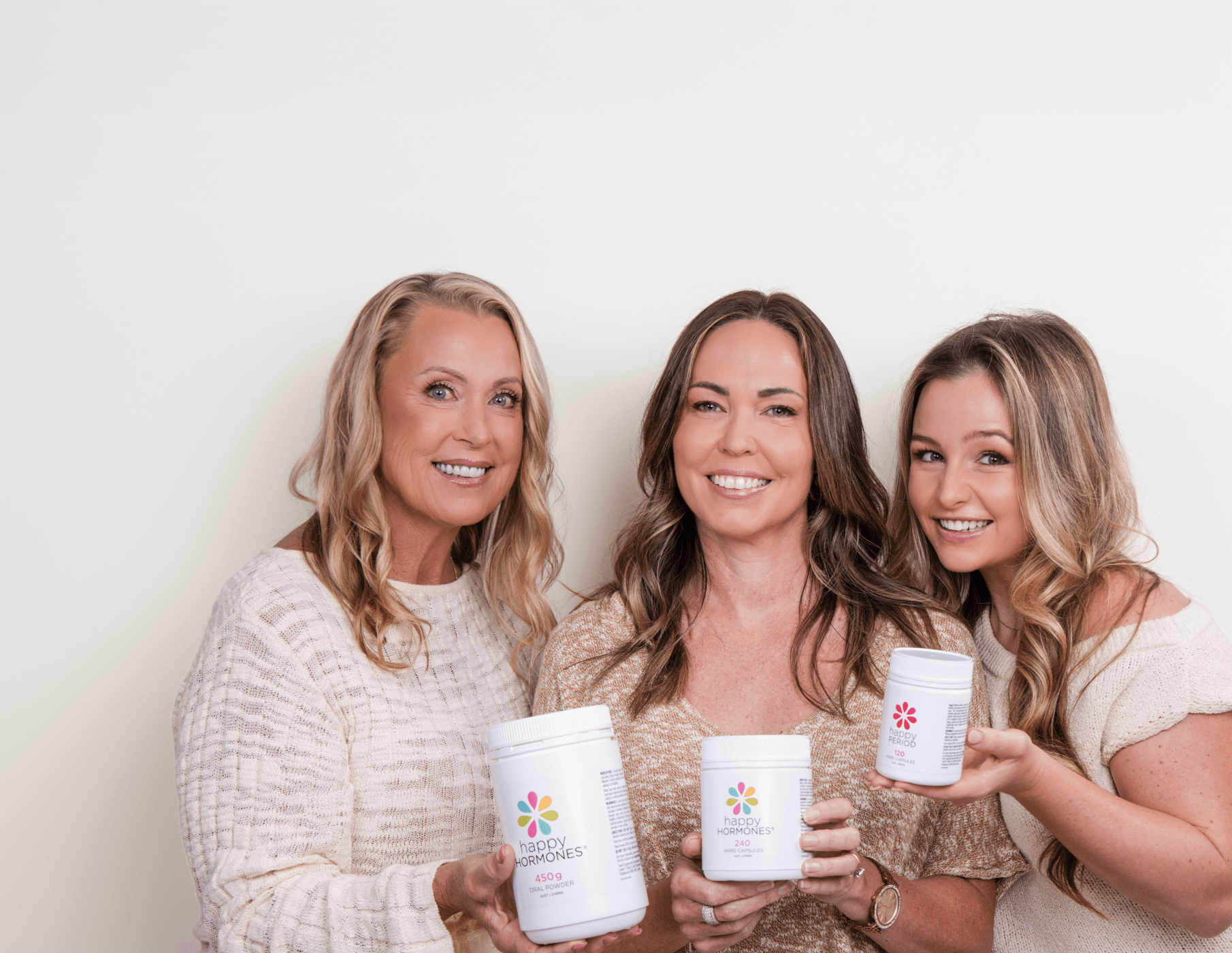
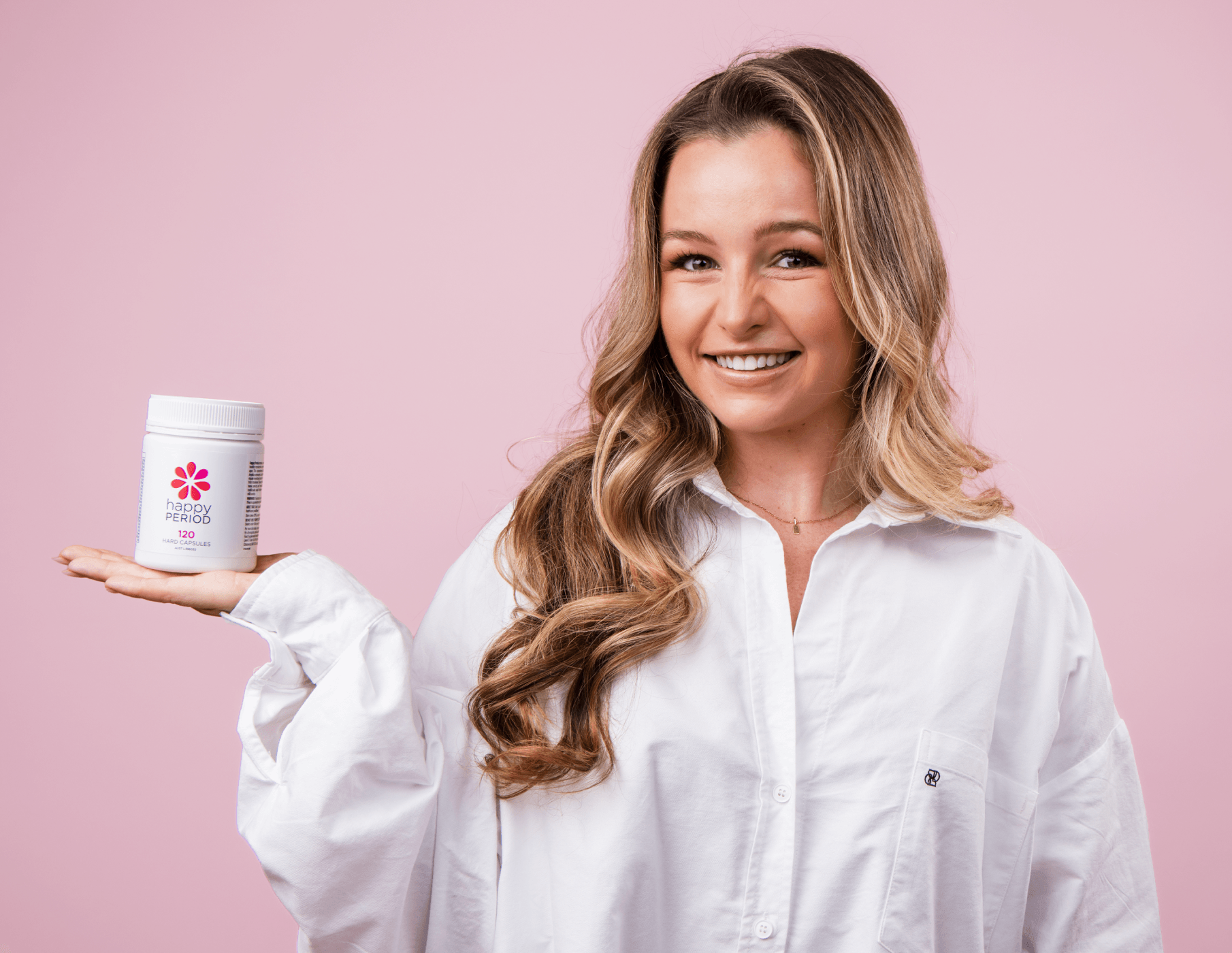

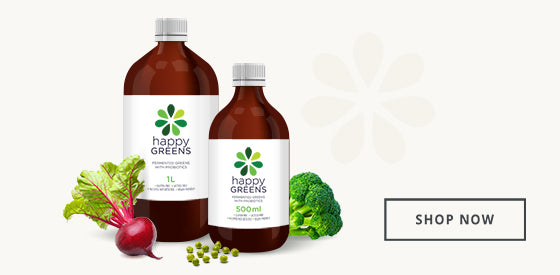


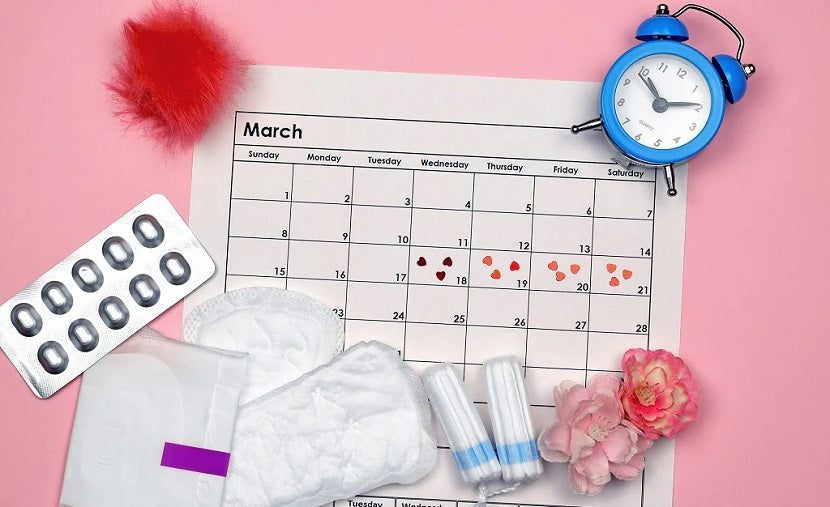
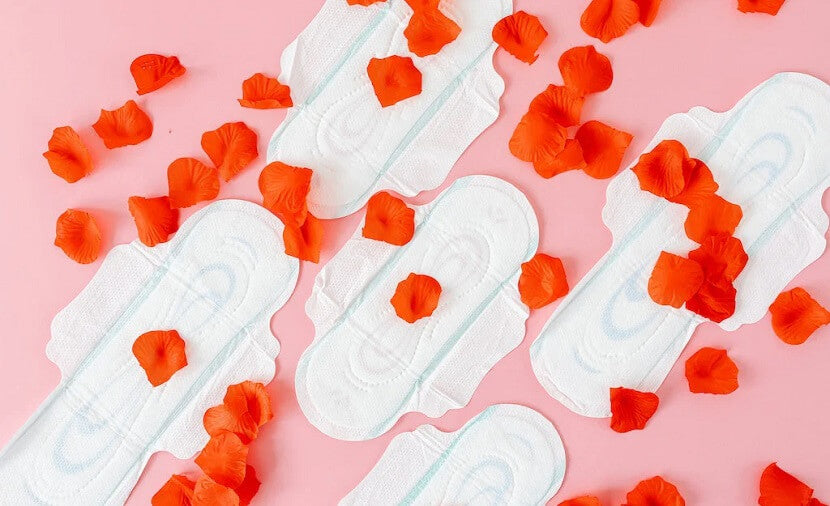
Leave a comment
This site is protected by hCaptcha and the hCaptcha Privacy Policy and Terms of Service apply.